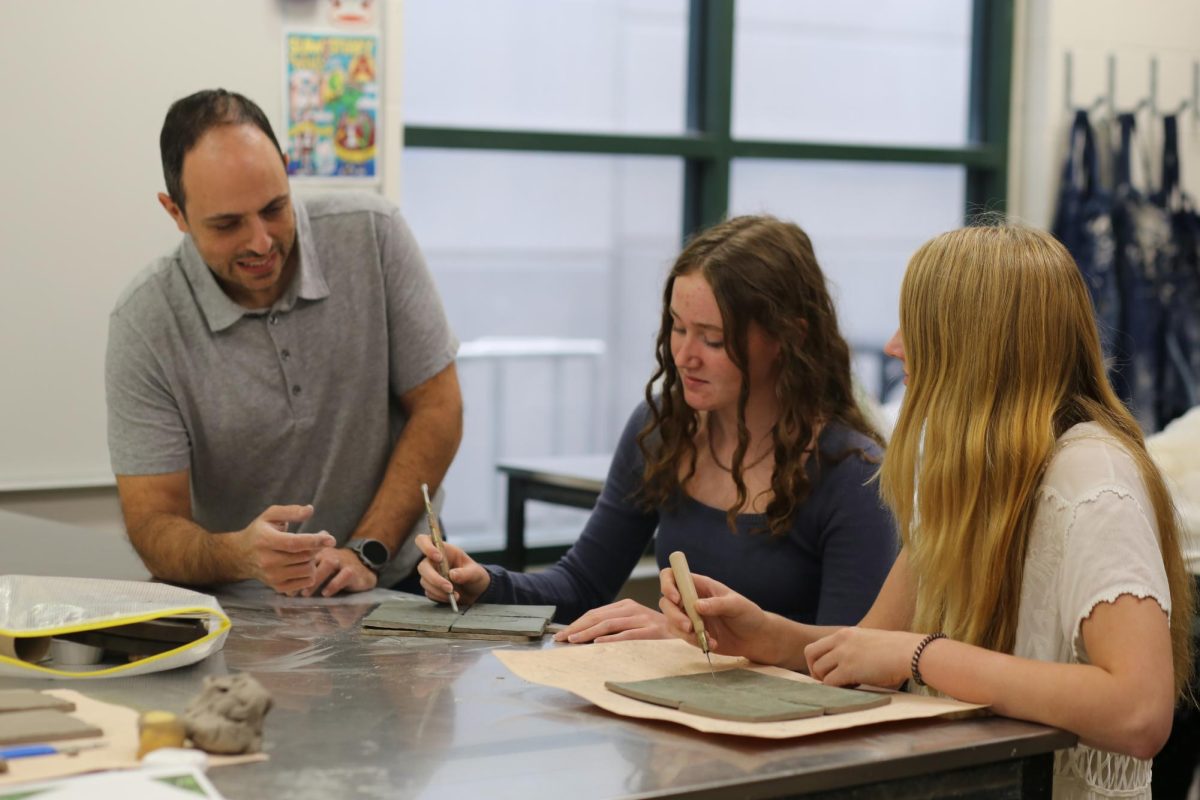Roses
Roses are an essential part of Valentine’s Day, as they symbolize love. In Greek mythology, roses were a favorite of Aphrodite, the goddess of love. According to Charenton Macerations, another god, Ares, sent a wild boar to kill Aphrodite’s lover, Adonis. As Aphrodite ran to save him, she was cut by a rose bush, and her blood stained the white roses, turning them red. In the 17th century, couples then started exchanging roses to represent their love for each other. To fundraise for their other projects throughout the year, Key Club has a rose sale every year. Students can buy their Valentine or a friend a rose. “We choose roses because they’re, arguably, a recognized symbol for love especially during the Valentine’s Day season,” Key Club President Adede Appah-Sampong said.
Chocolate
Chocolate was not introduced into Europe until the Spanish explorer Hernando Cortés discovered the cacao bean in the Americas in 1528. Although at first Europeans considered the liquid chocolate to be too bitter, once they started adding sugar and honey to it, the delicacy became very popular among the elite in Europe. However, people did not start exchanging chocolate on Valentine’s Day until Richard Cadbury decided to make solid pieces of chocolate using cocoa butter. Cadbury put the pieces of chocolate in boxes with Cupids and roses, starting the worldwide phenomenon of Valentine’s Day chocolate. Today, approximately 58 million pounds of chocolate are sold during the season.
Cards
Most kids grow up exchanging either hand-written or store-bought Valentine’s Day cards at school. Cards are a prominent aspect of Valentine’s Day and provide a cheaper alternative to expensive diamonds and gourmet chocolates, while stilling showing you care. The first Valentine’s Day card was written in 1415 by Charles, the Duke of Orleans. When he was in prison, he wrote his wife a poem, referring to her as his “valentine.” Over time, handwritten romantic poems became a trend for the occasion, but it was not until the 18th century, when cards started being printed, that cards became common. Later, in the 19th century, people began to mail them, causing a dramatic increase in cards popularity. Today,teachers accept the most cards for Valentine’s Day, second to children.
Galentine’s Day
In 2010, the popular television show Parks and Recreation introduced the idea of a “Galentine’s Day.” When Leslie Knope, played by Amy Poehler, announced that February 13th would be a day to celebrate your female friends, Galentine’s Day was born. The concept is meant to encourage women to celebrate their friendships with other women, which Knope did by arranging a brunch. Although this tradition is fairly recent to Valentine’s festivities, it has given women—those single and in a relationship—the opportunity to share the love and joy that Valentine’s Day is all about.












